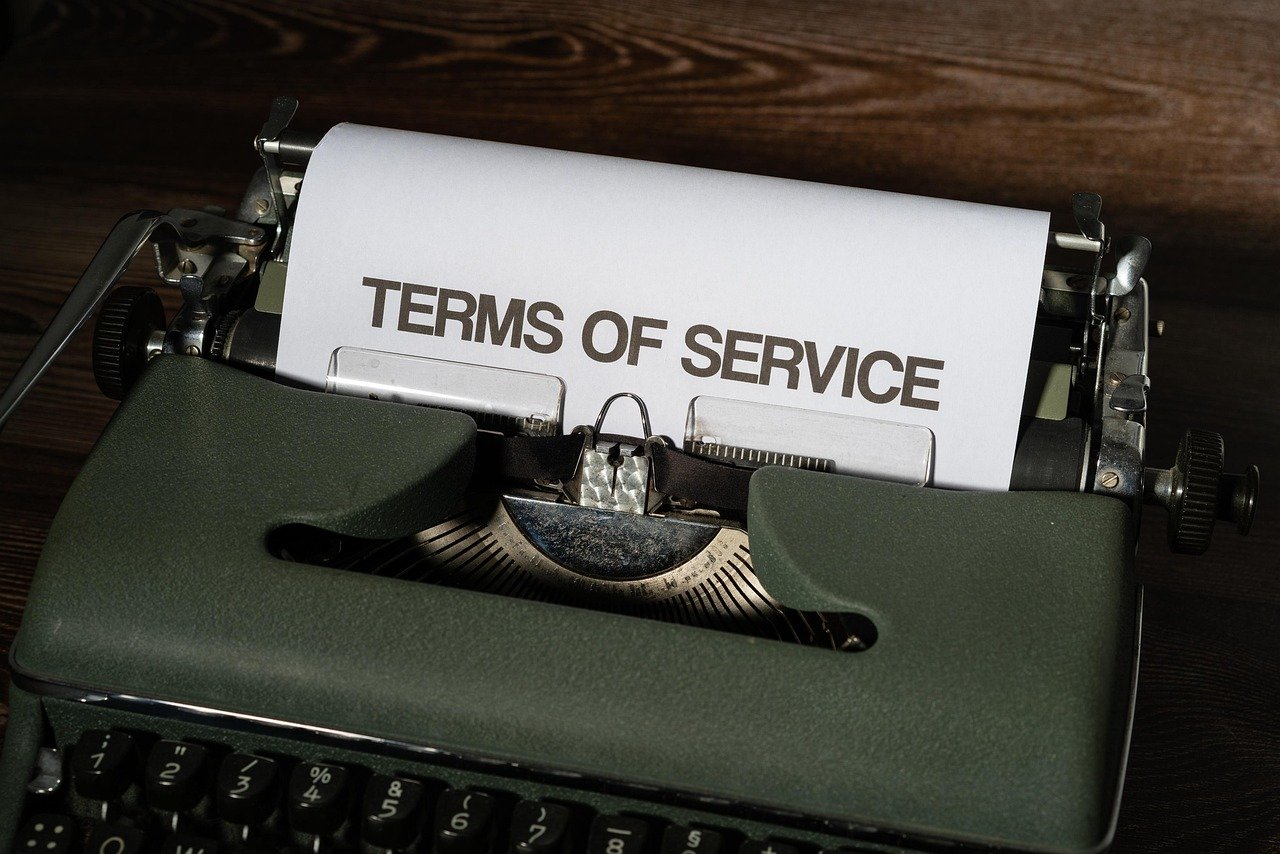Email marketing, often proclaimed dead, continues to thrive as one of the most cost-effective and direct methods for businesses to connect with their audience, nurture leads, and drive sales. It’s a powerful tool for building relationships, delivering personalized content, and achieving measurable results. This comprehensive guide will delve into the intricacies of email marketing, exploring its benefits, best practices, and strategies for success in today’s competitive digital landscape.
Building Your Email List: The Foundation of Success
A healthy and engaged email list is the bedrock of any successful email marketing campaign. Building a list ethically and organically is crucial for long-term success and deliverability.
Opt-in Strategies and Ethics
The golden rule of email marketing is permission. You should only send emails to people who have explicitly given you consent to do so.
- Single Opt-in: A user signs up for your email list, and you immediately start sending them emails. This is easy to implement but can lead to lower engagement and potentially more spam complaints.
- Double Opt-in: After signing up, users receive a confirmation email with a link they must click to verify their subscription. This ensures genuine interest and improves list quality. We highly recommend double opt-in.
- Lead Magnets: Offer valuable resources like ebooks, webinars, free trials, or exclusive discounts in exchange for email addresses. For example, a bakery might offer a free cupcake recipe ebook in exchange for an email signup.
- Clear Privacy Policy: Always include a clear and accessible privacy policy outlining how you collect, use, and protect subscriber data.
List Segmentation: Relevance is Key
Don’t treat your entire list the same. Segmenting your email list allows you to send more targeted and relevant messages, resulting in higher engagement and conversions.
- Demographic Segmentation: Group subscribers based on age, location, gender, income, etc. For example, a clothing retailer might send different email campaigns to subscribers based on their age and gender.
- Behavioral Segmentation: Segment based on past interactions, such as website visits, purchases, email opens, and clicks. For example, send a follow-up email to users who abandoned their shopping cart.
- Interest-Based Segmentation: Allow subscribers to self-select their interests during signup or through preference centers. A travel agency could offer different email lists for adventure travel, luxury travel, and family travel.
Crafting Engaging Email Content
Content is king in email marketing. Compelling and relevant content is what keeps subscribers engaged and drives them to take action.
Subject Line Optimization
The subject line is the first impression. It determines whether your email gets opened or deleted.
- Keep it Concise: Aim for 50 characters or less, as many mobile devices truncate longer subject lines.
- Create a Sense of Urgency: Use words like “Limited Time Offer,” “Ends Today,” or “Don’t Miss Out” to encourage immediate action.
- Personalize: Include the subscriber’s name or other relevant information to grab their attention.
- Use Emojis Sparingly: Emojis can increase open rates, but overuse can make your email look unprofessional.
- A/B Test: Experiment with different subject lines to see what resonates best with your audience. For example, test “20% Off Your Next Order” against “Limited Time: 20% Off.”
Email Design and Layout
Visually appealing emails are more likely to capture attention and drive engagement.
- Mobile Responsiveness: Ensure your emails are optimized for mobile devices, as a significant portion of subscribers will be viewing them on their smartphones.
- Use High-Quality Images: Incorporate relevant and visually appealing images, but optimize them for web to avoid slow loading times.
- Clear Call-to-Action (CTA): Make your CTA prominent and easy to find. Use action-oriented language like “Shop Now,” “Learn More,” or “Download Now.”
- Brand Consistency: Maintain consistent branding throughout your emails, including your logo, colors, and fonts.
Content Personalization and Dynamic Content
Personalization goes beyond using the subscriber’s name. It involves tailoring the email content to their specific interests and needs.
- Personalized Product Recommendations: Recommend products based on past purchases or browsing history.
- Dynamic Content: Use dynamic content to display different content based on subscriber attributes, such as location or gender. For example, a clothing retailer could display different product images based on the subscriber’s gender.
- Welcome Series: A series of automated emails designed to onboard new subscribers, introduce your brand, and encourage engagement.
Automating Your Email Marketing
Email automation allows you to send targeted emails based on specific triggers and actions, saving you time and improving your efficiency.
Triggered Emails: Sending the Right Message at the Right Time
Triggered emails are sent automatically based on specific events or actions taken by the subscriber.
- Welcome Email: Sent immediately after a subscriber signs up for your email list.
- Abandoned Cart Email: Sent to users who added items to their shopping cart but didn’t complete the purchase. For example, send an email one hour after cart abandonment offering free shipping or a discount.
- Order Confirmation Email: Sent after a customer places an order.
- Shipping Confirmation Email: Sent when the order has shipped.
- Birthday Email: Send a special discount or offer to subscribers on their birthday.
Drip Campaigns: Nurturing Leads and Building Relationships
A drip campaign is a series of automated emails sent over a period of time to nurture leads, educate subscribers, and drive them towards a specific goal.
- Lead Nurturing: Send a series of emails educating leads about your products or services and building trust.
- Onboarding: Guide new users through your product or service and help them get the most out of it.
- Sales Follow-up: Follow up with potential customers who have shown interest in your products or services.
Measuring and Optimizing Your Email Campaigns
Tracking your email marketing metrics is essential for understanding what’s working and what’s not.
Key Performance Indicators (KPIs)
- Open Rate: The percentage of subscribers who opened your email.
- Click-Through Rate (CTR): The percentage of subscribers who clicked on a link in your email.
- Conversion Rate: The percentage of subscribers who completed a desired action, such as making a purchase or filling out a form.
- Bounce Rate: The percentage of emails that couldn’t be delivered.
- Unsubscribe Rate: The percentage of subscribers who unsubscribed from your email list.
- Return on Investment (ROI): The overall profitability of your email marketing campaigns.
A/B Testing: Continuous Improvement
A/B testing involves testing two different versions of an email to see which performs better.
- Subject Line Testing: Test different subject lines to see which generates the highest open rates.
- Call-to-Action Testing: Test different CTAs to see which drives the most clicks.
- Design Testing: Test different email layouts and designs to see which is most engaging.
- Send Time Optimization: Experiment with different send times to see when your audience is most likely to open your emails.
Spam Filters and Deliverability
Ensuring your emails reach the inbox is crucial for the success of your email marketing campaigns.
- Authentication: Implement SPF, DKIM, and DMARC authentication to verify your email sender identity.
- Avoid Spam Trigger Words: Avoid using excessive exclamation points, all caps, and spammy keywords in your subject lines and email content.
- Maintain a Clean List: Regularly remove inactive subscribers and bounced email addresses from your list.
- Monitor Your Sender Reputation: Monitor your sender reputation to ensure it’s not being negatively affected by spam complaints.
- Provide an Easy Unsubscribe Option: Make it easy for subscribers to unsubscribe from your email list.
Conclusion
Email marketing remains a powerful tool for businesses of all sizes. By focusing on building a healthy email list, crafting engaging content, automating your campaigns, and continuously measuring and optimizing your results, you can unlock the full potential of email marketing and achieve significant business growth. Remember to always prioritize your subscribers and provide value with every email you send.



